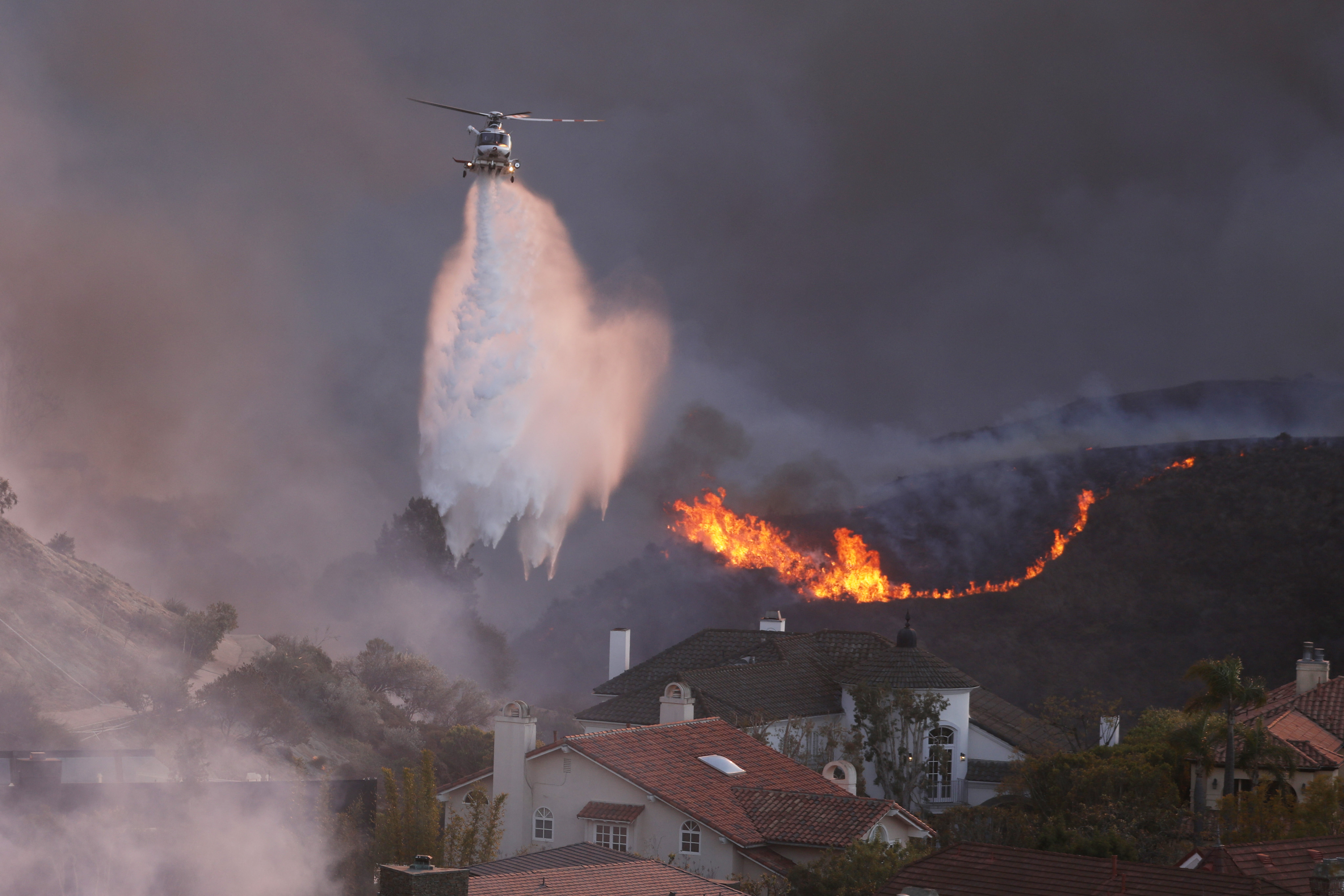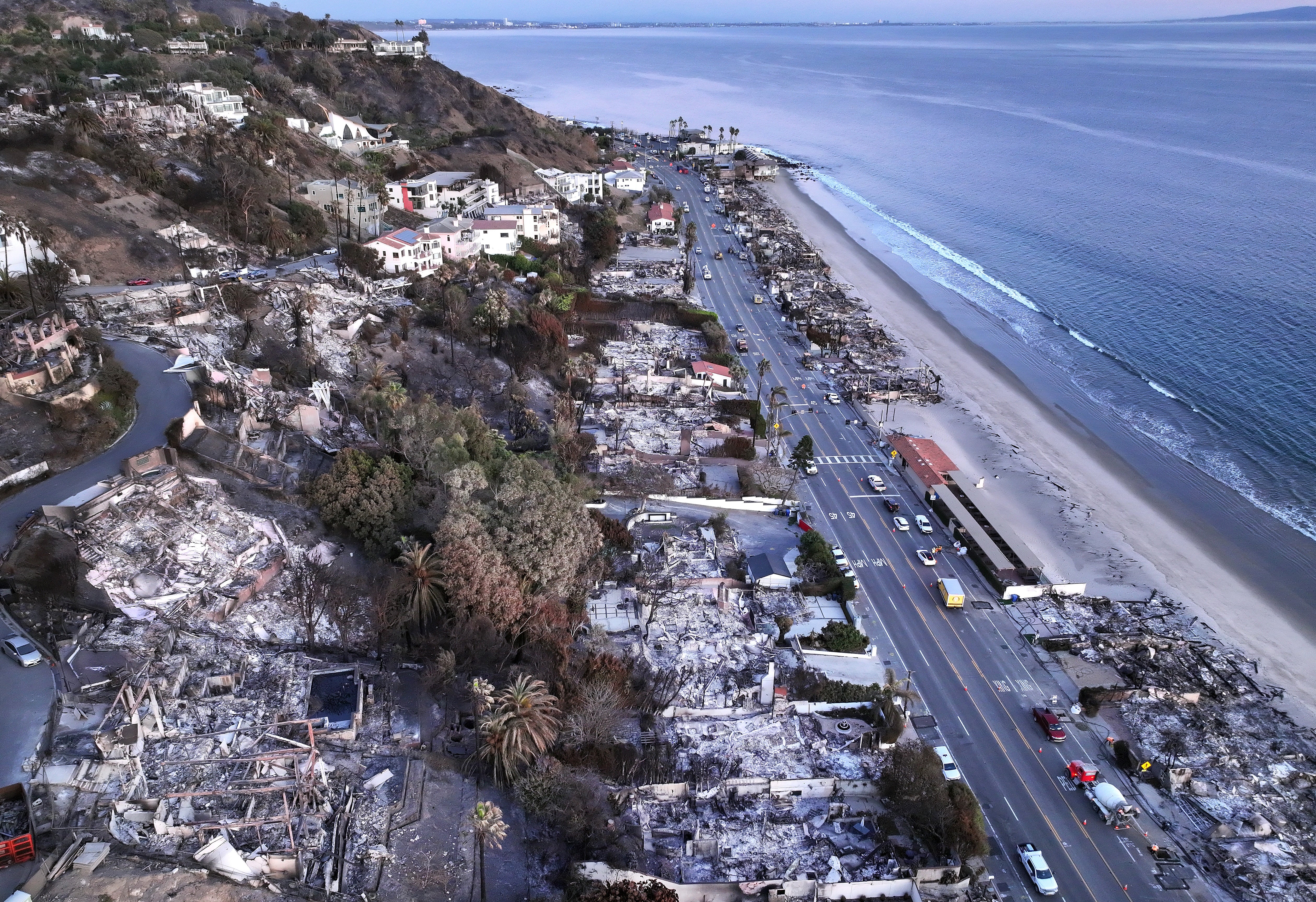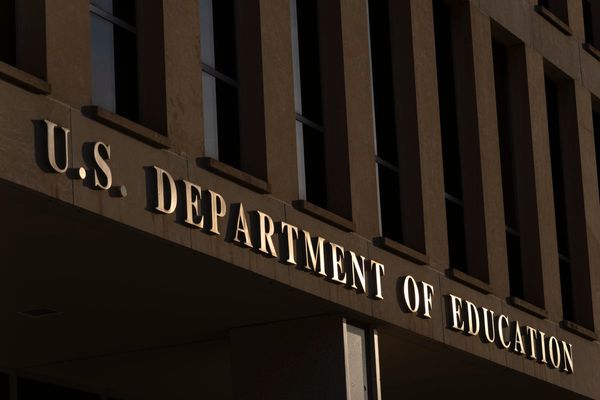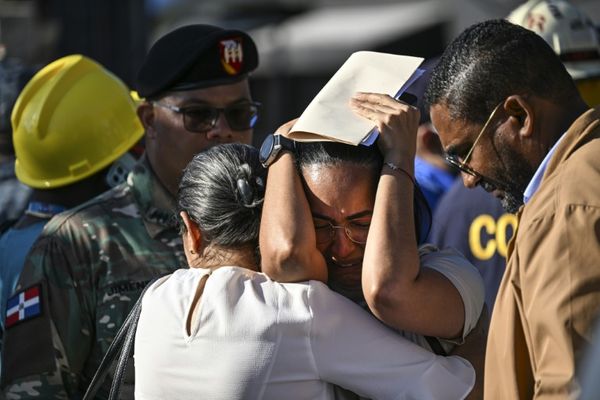A lack of rainfall in Southern California created the tinderbox conditions for the Los Angeles wildfires to rapidly burn through more than 40,000 acres of land.
The region has experienced one of its driest winter spells on record and rainfall is needed, but with it also comes the threat of toxic chemicals and pollution that will run into the ocean.
Experts and locals in the area have warned that rainfall will cause toxic debris from the fires to rush down the hills and canyons through drains and straight into the Pacific Ocean, which will have a devastating impact on the ecosystem.
“So much of the forest and the wildlife has been burnt down,” community volunteer Seth Monk told USA Today. “All that stuff’s just going to go into the ocean.”
Another local who owns a surf shop in Santa Monica said they feared the next rainfall.
“The whole ecosystem is going to change,” Marjan Khonsari said. “We are due for some rain and it’s going to be really bad. Once it rains, everything is going to run into the ocean.”
An ocean water advisory was issued by L.A. County’s Public Health “because of the uncertain amount of fire-fighting runoff, which may contain toxic chemicals and debris that have entered the ocean during fire-fighting operations,” the agency said.
It warned surfers and swimmers to stay out of the water until further notice.
Heal the Bay, a local environmental non-profit, warned that the area must build “more resiliency” to protect the natural world.
“Horrific fires always impact the shoreline habitat and water quality, as detritus and runoff from the destruction inevitably flow to the Bay. But rarely have we seen environmental devastation like this,” the group said in an Instagram post.

“The apocalyptic scenes serve as a warning that we must build more resiliency into our natural and built systems, especially as climate impacts become more frequent and severe in the decades to come.”
Rainfall can reduce the intensity of fires if there is enough of it. “The moisture from the rain can reduce the intensity of the fire by wetting any existing fire fuel, such as trees and plants,” the Western Fire Chiefs Association said in an explainer article. “This makes it harder for the fire to spread and can help firefighters in their efforts to control and extinguish the flames.”
However, the association also warned that heavy rains can trigger landslides after a fire.
“The combination of intense wildfires followed by rainfall can increase the risks of flash floods, mudslides, and erosion in fire-affected areas,” they said. “This is because the fire destroys vegetation and damages the soil, reducing its capacity to absorb water.”

There is no significant rain forecast for the region in the immediate future.
Experts also warned people not to go sifting through what’s left of their homes to recover possessions because of the level of pollution.
“Residents should not, not, not, go home and sift through the debris,” Katie Arrington, an environmental cleanup expert, told USA Today. “It is highly toxic debris. It’s the mixing all the materials together, along with it burning. It’s not just your house, but your neighbor’s houses, your car in the driveway.”
Another expert likened the conditions of the Palisades and Eaton fires to the toxic burn pits used by the military in Iraq and Afghanistan that have been linked to several cancers.
“In general, this is more similar to burn pit exposures than it is to forest fires,” environmental toxicologist Luke Montrose told the outlet.
“It’s just a pile of garbage that’s being burned and when that fire rips through houses and cars and trees, it’s going to be putting out more and varied toxic chemicals… You add in heavy metals, things like lead, all of your building materials, foams and plastics and carpet and asphalt.”







